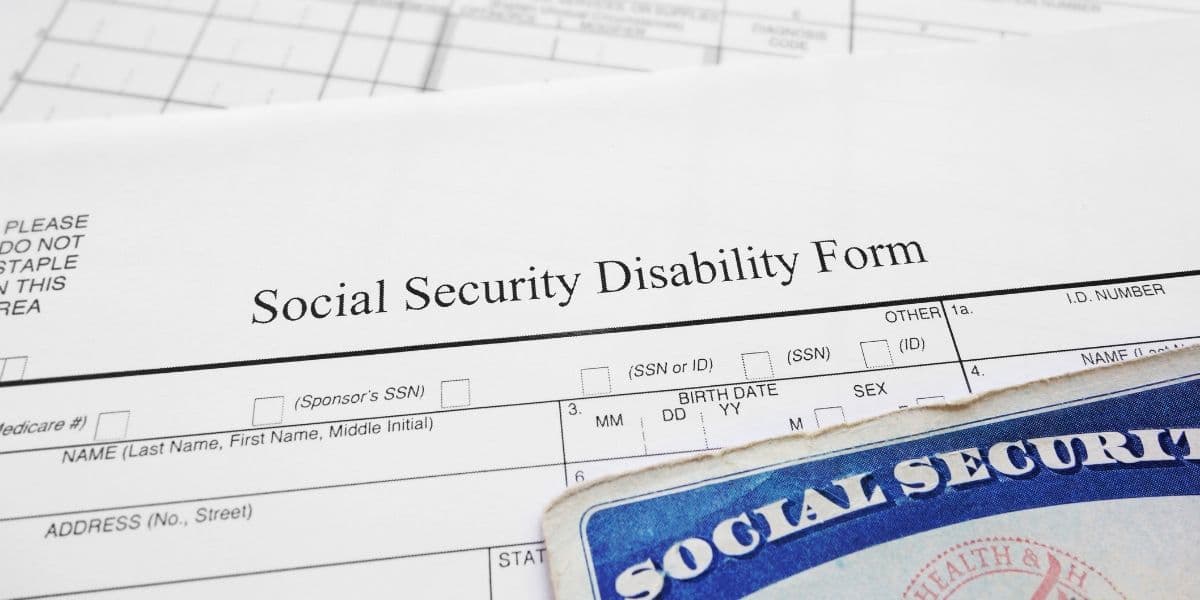Social Security Disability benefits over 50 have a reputation for being very difficult to get approved for. Unfortunately, there is a lot of truth in this common conception.
However, there are some circumstances where the rules are a bit more favorable for approval. One particular circumstance is when a person is over the age of 50 on the date they became disabled. If that circumstance applies, then Social Security uses a different set of rules than they would ordinarily use for a person who became disabled before the age of 50.
Who is entitled to Social Security Disability benefits?
Social Security Disability Insurance benefits are available for those who have worked and paid taxes on their income for at least five of the past ten years.
The program is administered by the federal government and funded by those taxed worked earnings.
A person may qualify for Social Security Disability benefits if they have a severe medical condition that has prevented them from performing regular work activity, and the condition will last or is expected to last for at least one year or result in death.
What is Social Security’s evaluation process for disability claims?
Social Security follows a five-step process when evaluating Social Security Disability claims.
First, Social Security will confirm that you are no longer engaging in substantial gainful activity. You can perform some part-time work and remain eligible for disability benefits; however, you may only engage in enough work activity to earn minimal earnings. This earnings amount, referred to as “substantial gainful activity” level, is adjusted on an annual basis. In the year 2023, the maximum that one can earn and remain eligible for benefits is $1350 per month. This amount is the amount in gross pay, not take-home pay.
Next, Social Security will determine whether you have a severe impairment. A “severe impairment” is defined as a condition that significantly affects your physical or mental ability to do basic work activities. This will be determined based on the medical information in your file, such as hospital records, operative reports, doctor’s examination findings, imaging reports such as X-rays or MRIs, mental status exams, and other medical evidence generated by professionals.
Social Security will determine based on your medical records whether your condition meets the criteria for any condition included in its Listing of Impairments. If not, then Social Security will assess your residual functional capacity. This is a determination of your ability to perform certain activities which would be required in a work setting, such as sitting, standing, walking, lifting, carrying, bending, using your hands, maintaining attention and concentration, or interacting with others.
The next step of the process can change a bit for people who became disabled at or after the age of 50. Social Security will classify the past work that you have performed over the past fifteen years at substantial gainful activity level.
If the person has performed the job at a high enough income level and long enough to have learned it, the job will count as “past work.”
The requirements for length of time spent performing the job for it to count will depend upon the skill level of the job. Jobs which are unskilled need to be performed for only 30 days for the jobs to count as “past work.” However, highly skilled jobs may need to be performed for multiple years to count as “past work” within your job history. This will also depend on any educational or vocational training that you have received as that may count as time spent learning how to perform the position.
If you were between the ages of 50 and 54 on the date you became disabled (known as your “alleged onset date”) then Social Security will find you are disabled if you are only capable of doing sit down work, your past work was not considered to be sedentary in nature, and there are no sit down jobs within your physical or mental health capabilities that contain transferrable skills from your old jobs.
If you became disabled at age 55 or above, and are only capable of work where you can lift no more than 20 lbs. occasionally, Social Security will determine whether you can perform your past work. If you cannot perform your past work, Social Security will determine if there are other jobs which require lifting of no more than 20 lbs. that have skills which you have acquired from your previous jobs.
Social Security will include other limitations that you may have when performing this assessment. For example, if you are only capable of occasionally using your hands or reaching in front of you, this will limit the jobs that may be available with transferrable skills.
People who have highly skilled sedentary jobs often have a difficult time with approval, even if they are over the age of 55. Therefore, it is extremely important to obtain as much medical documentation as possible to support limits in your abilities to perform certain activities. It is also very helpful to ask one of your doctors who is familiar with your conditions to complete a form, known as a “medical source statement,” supporting your limitations.
An attorney’s office such as LaBovick Law Group will be able to provide your doctor with the best form to use, as Social Security is looking for very specific information regarding your limitations that doctors are not necessarily familiar with. It is helpful for a doctor to confirm that you would be absent from work frequently or need extra breaks, regardless of your age.
Call LaBovick Law Group for help getting approved
Social Security’s rules are often very confusing and it is helpful to have a skilled attorney answer any questions that you have about the process, explain Social Security’s rules, and provide input on the best course of action for having a successful case. Give us a call at (561) 625-8400 for a free case evaluation.





